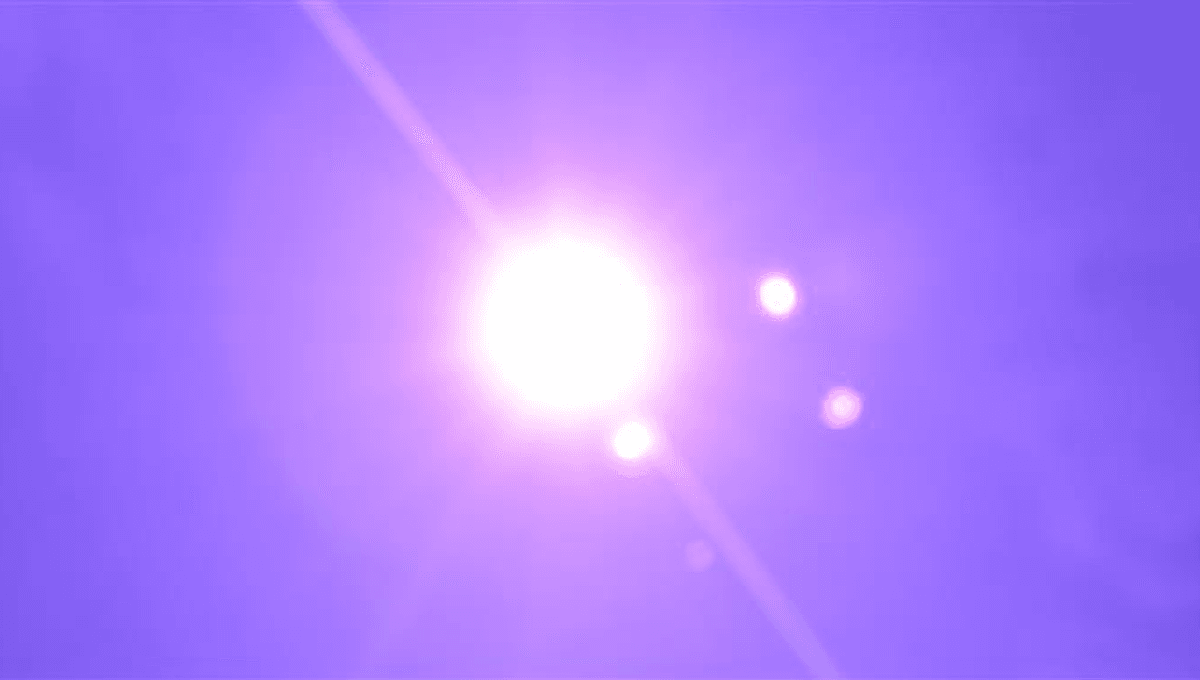
A filmmaker claims that scientists hunting the skies for signs of intelligent alien civilizations have found an alien technosignature, to be revealed to the public very shortly. So, is this the real deal? Have we found aliens? Is it time to crack each other’s heads open and feast on the goo inside?
In 2019, Australia’s Parkes radio telescope took a look at our closest neighbor, Proxima Centauri, in order to study stellar flares. The next year, an intern at the Breakthrough Listen project at Oxford University, which aims to search for evidence of life beyond Earth, found an unusual signal in the data, which persisted for several hours.
There were reasons to be (a little) excited about the signal, while also plenty of reasons to be skeptical. We have suggested plenty of candidates for alien signals in the past, from the Wow! signal to potential heat signatures from “Dyson Spheres“. As much as we would all like it to be aliens, so far, natural explanations have always been found for such phenomena, e.g. hot dogs.
Nevertheless, it was a narrowband signal at 982 MHz, which is not produced by known natural sources, and the signal appeared to go away when the observations were moved away from the source, suggesting (at first) that it might not have originated from Earth, either.
“The event does not lie within the frequency range of any known local radiofrequency interference (RFI), and has many characteristics consistent with a putative transmitter located in another stellar system,” the first paper to delve into the signal, called BLC-1, explained.
This sparked the interest of scientists searching for signs of alien life, who investigated the signal further. According to Breakthrough Listen’s Dr Andrew Siemion, the signal was “undoubtedly one of the most intriguing signals we’ve seen to date”. However, further analysis by other teams put it down to local interference with the data.
“We find that blc1 is not an extraterrestrial technosignature, but rather an electronically drifting intermodulation product of local, time-varying interferers aligned with the observing cadence,” one team explained in a second paper. “We find dozens of instances of radio interference with similar morphologies to blc1 at frequencies harmonically related to common clock oscillators.”
It was likely a technosignature, just one that came from humans. “It’s highly unlikely that it is really from a transmitter out at Proxima Centauri,” Siemion added at the time.
Extensive subsequent analysis led to the conclusion that BLC-1 most likely originated from terrestrial radio frequency interference.
Dr Andrew Siemion
So, end of story? Not according to filmmaker Simon Holland, who claims that he has received a tip-off from Siemion that the signal is still of interest.
“The amazing piece of new information that this EU radio telescope administrator shared with me is that by parsing the SETI at home data, five very likely candidates were found,” Holland said in a video. “These were unusual signatures that might – we didn’t know at the time – be a technological signature of a non-human intelligence. An actual buzz from a planet somewhere in our galaxy that was obviously using technology.”
According to Holland, who also spoke to the Daily Mirror, several teams are still investigating the signals, with particular interest in BLC-1.
Holland claims that the teams will soon be ready to publish details about the candidates, possibly in the next month. However, it certainly looks like a case of crossed wires, rather than an alien signal.
There have been no re-detections or other developments with respect to BLC-1 which alter the conclusions in our 2021 publications.
Dr Andrew Siemion
“In 2020 the Breakthrough Listen team identified a candidate technosignature signal in observations conducted in the direction of the nearby star Proxima Centauri using the Parkes telescope, which was denoted Breakthrough Listen Candidate 1 (BLC-1),” Siemion told IFLScience following the new claims. “Extensive subsequent analysis led to the conclusion that BLC-1 most likely originated from terrestrial radio frequency interference.”
“The Listen team continues to observe many nearby stars, including Proxima Centauri, with a variety of facilities, but there have been no re-detections or other developments with respect to BLC-1 which alter the conclusions in our 2021 publications.”
As always, there was a simple explanation. Hopefully, one day, there won’t be.
Source Link: Breakthrough Listen Responds To Claims They Have Detected An Alien Signal